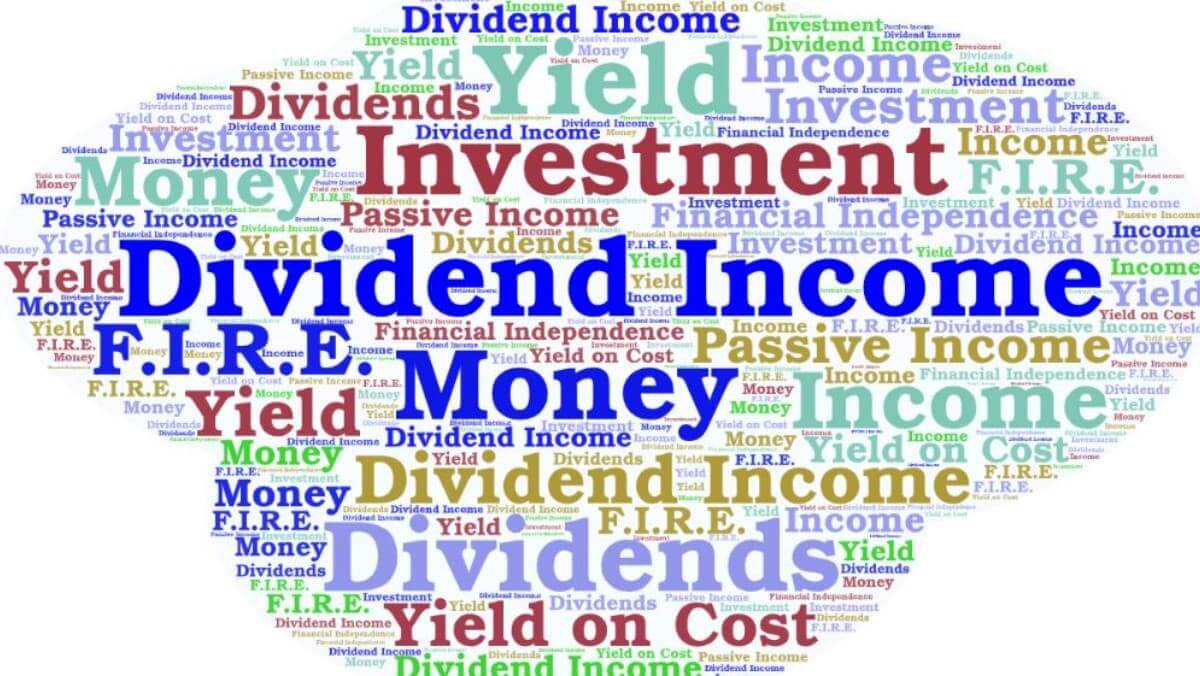
The way that dividends are taxed can be quite confusing especially if you’ve just begun collecting them. Regardless of the financial institution that brings you an income from dividends and other distributions, you will receive Form 1099-DIV that reports these. On this tax form, you will see the total income earned from dividends and the taxable portion as not all are taxable.
How you’re going to calculate the tax liability on your dividends depend on whether they are qualified dividends or ordinary dividends. While qualified dividends are taxed as capital gains, ordinary dividends are taxed as ordinary income. But, how does one know whether the dividends are ordinary or qualified dividends? Take a look at your 1099-DIV and you’ll see it. You can then figure out how much tax you need to pay on your dividends.
For ordinary dividends, add the total amount earned to your gross income. The tax calculation for capital gains is quite a bit different. If your taxable income for the tax year is $40,000 or less, you are exempt from paying taxes from capital gains. If above $40,000, you will pay between 15 and 20 percent. Taxpayers with a taxable income of up to $441,450 pay 15 percent and those above it pay 20 percent. Although it’s pretty simple to calculate capital gains tax, you can use our capital gains tax calculator for a quick check on your taxes.
Utilizing Forms 1099-DIV for taxes
Forms 1099-DIV report everything you need to know about the income earned from dividends and other distributions. The profit earned is distributed to investors and the income is reported on the 1099-DIV. Take a look at your 1099-DIV to see ordinary dividends and capital gains to calculate how much tax you owe.
The way your dividends are taxed can be different than your ordinary income such as earned income. Long-term dividends are subject to capital gain taxes and aren’t taxed as ordinary income. As this can make your federal income tax return quite complicated, it’s might be necessary to hire a tax professional to help you with your tax return. But, it’s mostly enough to utilize tax preparation services.
How dividend tax is calculated?
The dividend tax is calculated in a few different ways, depending on how long you’re holding the assets that bring you distributions. If you’re holding the assets for more than a year, they will be taxed as capital gains. For assets under a year, you will pay taxes on dividends like your ordinary income. Most people often pay less tax for capital gains as they aren’t taxed at the same rate as the maximum marginal tax rate that applies.
How to avoid paying dividend tax
You can avoid paying taxes on your dividends if they are qualified dividends as they are taxed as capital gains. This means you’ll pay between 0 and 20 percent of the dividend income in taxes. But, if you want to avoid dividend taxes altogether, consider putting the shares that earn you dividends in a retirement account like Roth IRA or 401(k).
How much dividend can you get tax free
There isn’t really a limit on how much you can get tax-free from dividends. It comes down to your taxable income. If taxable income is less than $80,000 for the tax year, you won’t pay capital gains taxes. Taxpayers with taxable income of between $80,000 and $496,600 pay 15 percent and those above the highest threshold pay 20 percent.